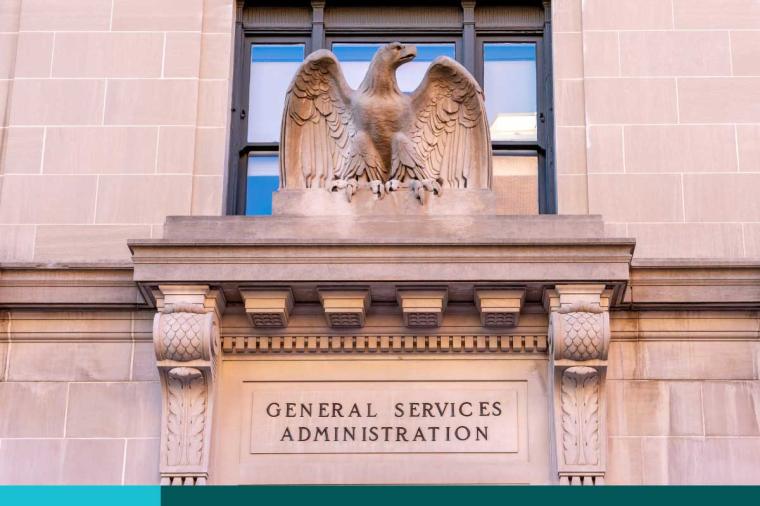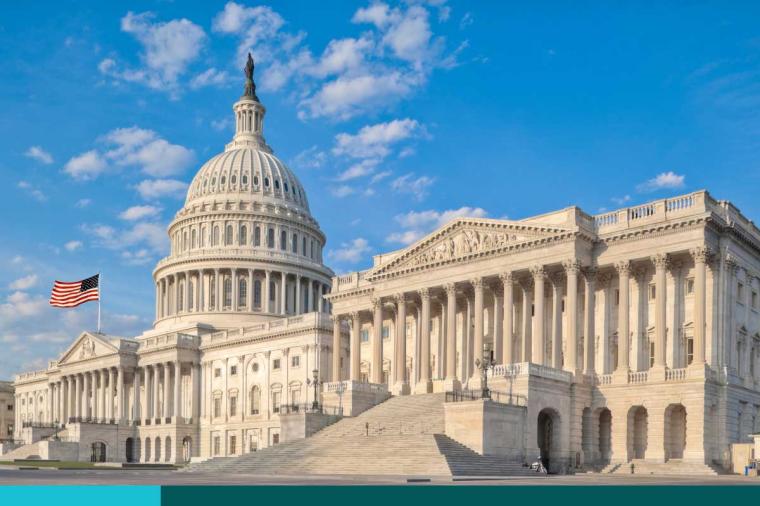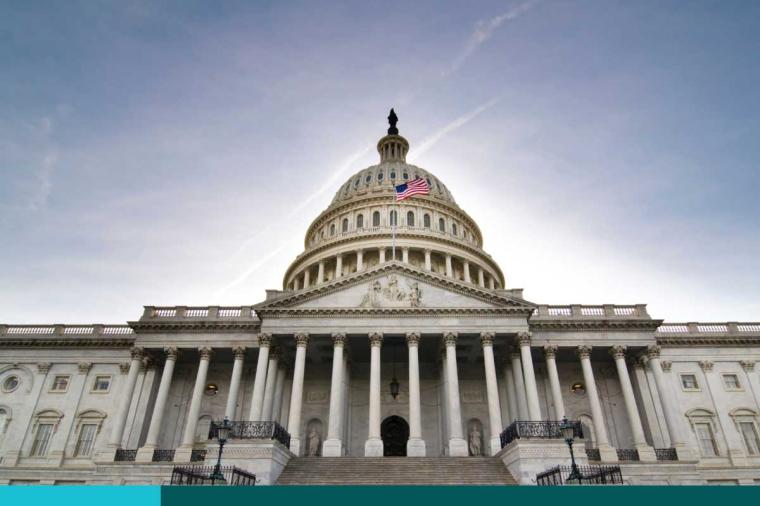FY23 SLED Outlook: Top Trends and Drivers for the New State, Local and Education Fiscal Year

The 2022 fiscal year-end is drawing near for 46 states, which means the time to leverage last-minute opportunities is coming to an end as state, local and education (SLED) organizations set their sights on next year’s budget and priorities. With FY23 just around the corner, SLED organizations will start executing on budget plans and drafting request for proposals (RFPs). This is a pivotal time for customer engagement, as the relationships you strengthen now will yield future opportunities to take advantage of contracts once they become available in the next fiscal year. Tailoring a plan that incorporates industry best practices, financial plans, resources and agency priorities, will optimize your chances for success.
According to a survey by the National Association of State Budget Officers (NASBO), Governors’ budgets for fiscal 2023 call for a 4.2 percent increase in general fund spending, while 49 states reported fiscal 2022 general fund revenue collections are exceeding original budget forecasts. Additionally, according to a CompTIA Public Technology Institute State of City and County IT National Survey, 85% of county and city CIOs expect IT budget increases next fiscal year. These projections are likely due to stable annual fiscal reserves supported by an unprecedented amount of federal relief funding over the last couple of years. We believe next year will indeed see increases across the board in state IT budgets even considering the uncertain economic outlook over the next 12 months.
Keep in mind that buying trends vary across states and across organizations. Some states are heavy spenders early in the fiscal year, others choose to spread their spending throughout the year, with the rest going into a year-end buying frenzy. Successful SLED organization selling is a year-round effort and awareness of these spending patterns will be critical to figuring out the right timing for those crucial requirements-shaping conversations.
According to a survey by the National Association of State Budget Officers (NASBO), Governors’ budgets for fiscal year 2023 call for a 4.2 percent increase in general fund spending, while 49 states reported fiscal year 2022 general fund revenue collections are exceeding original budget forecasts. Additionally, according to a CompTIA Public Technology Institute State of City and County IT National Survey, 85% of county and city chief information officers (CIOs) expect IT budget increases next fiscal year. These projections are likely due to stable annual fiscal reserves supported by an unprecedented amount of federal relief funding over the last couple of years. We believe next year will see increases across the board in state IT budgets, even considering the uncertain economic outlook over the next 12 months.
Now, this brings us to the inevitable question of where exactly states are placing their biggest bets, and what are the biggest investment areas as far as IT, we can expect in late 2022 and 2023? During NASCIO’s midyear conference in May 2022, the predominant themes defining both short and long-term technology trends for SLED organizations centered around security, modernization, resilience and digital services.
On the cybersecurity front, the Russian invasion of Ukraine is spurring state governments to shore up their cybersecurity posture, especially around critical infrastructure. It is likely that your state or local customer still has legacy IT systems that need hardening, especially if their IT systems are not modernized. Also, expect ongoing investments to protect against ransomware and to reinforce election security.
State and local leaders’ procurement strategies around cybersecurity, artificial intelligence-based solutions (chatbots, automation, virtual assistants, etc.), shared services and enterprise resilience, in many ways rely on cloud as a foundation. As cloud solutions continue to evolve and become more diverse, CIOs are prioritizing cloud portability and choice to fit their specific needs, with emphasis on software-as-a-service (SaaS) identity and access management. This enterprise approach to technology acquisition for states will further drive demand for multi-cloud deployment models.
The insertion of new leadership (gubernatorial elections will be taking place in 36 states this fall), widespread awareness of inefficiencies and overall push toward digital transformation provide a welcoming environment for the adoption of innovative technology solutions. With cloud now ubiquitous in nature and adoption focused on organization mission-specific needs, tools and solutions supporting collaboration, citizen-facing connectivity, efficiency, and resilience, will influence nearly all FY23 IT buying decisions. The U.S. public sector continually strives to maximize delivery of digital citizen services. It is also important to note that requirements in the post-pandemic world increasingly box out tools and solutions that are inefficient, fragmented and risky for the government enterprise over time.
Many of the opportunities for the state and local market next year will also come from federal grants, so understanding those underlying drivers will be key. State and local governments will continue to utilize monies from both the American Rescue Plan Act (ARPA) and the bipartisan infrastructure law, which houses the much-awaited $1 billion cybersecurity grant program. For example, broadband and connectivity has been a pivotal focus not only for the states, but for the federal government, as the push to close the digital divide continues to take priority. Under the Infrastructure Investment and Jobs Act (IIJA), $65 billion was allocated to improve broadband internet access in rural areas and make it more affordable across the nation. Similarly, ARPA allows for investments in broadband deployments, with the Coronavirus Capital Projects Fund housing $10 billion for states to use on broadband and digital connectivity devices. These broadband grants will drive investments in networking, telecommunications, storage, collaboration and reporting tools and security.
Remember, SLED leaders appreciate and are more apt to invest in new technologies if they have visible examples of successful implementation of that product or solution elsewhere. Fortunately, the post-pandemic world has and will continue to encourage the U.S. public sector to take on more of an innovative enterprise role, rewarding states and localities that have fully embraced modernization.
Now is the time to consult and engage with your U.S. public sector customers on the relevance of your IT tools and solutions and how they afford long-term opportunity to the government enterprise. SLED leaders will be vying for opportunities to transform their technology infrastructure, as they await further guidance for federal spending and ramp up for a new cycle of leadership. The next few weeks, consequently, will serve as an excellent opportunity to present your solutions to SLED IT decision buyers and those shaping downstream IT requirements.
To get more TD SYNNEX Public Sector Market Insight content, please visit our Market Intelligence microsite.
About the Author:
Yvonne Maffia is the senior analyst on the TD SYNNEX Public Sector Market Insights team covering State and Local trends across the Public Sector.








































